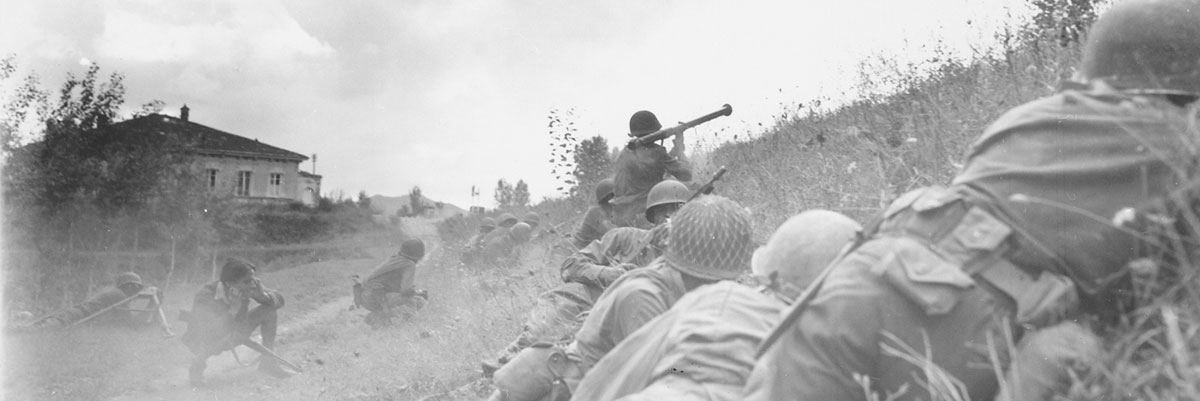In collaboration with Liberation Route Europe, we have organized various World War II itineraries.
These guided tours are an opportunity to discover, experience, and delve into a period of history that created the foundations of the Europe of today. It is necessary to continue to remember, share, and get to know this dramatic event rather than relegate it to history books and cold museums.
Our objective is to familiarize the public in regard to our World War II sites and memories, underlining the role of international reconciliation, and reflecting on the value of our hard-won freedom.
In 1943, after the African campaign, Italy was the first European country where the Allies began the route of liberation.
The Italian-German Axis had already set up a powerful defense system on the islands of Sicily and Sardinia and, above all, along the “boot” with the intention of blocking the invasion. In particular, the Gustav Line, south of Rome, and the Gothic Line, north of Florence, were to be the two primary strongholds and means with which General Kesserling, commander of the German troops in Italy, would drive back the Allies into the waters of the Mediterranean.
For the Anglo-American Allies, this rendered the Italian campaign as difficult and dangerous as many other European battlefields. Nonetheless, as the troops of these bitter conflicts fought and recaptured ground in their advance toward northern Italy, they were able to get to know the other side of the Italy and become acquainted with its people, its thousands-of-years-old traditions, art, history, and the beauty of its landscapes.
Turislucca offers fully immersive visits to the places where these battles occurred, in particular, along the last major German line of defense known as the Gothic Line. It is possible to visit the bunkers located at Borgo a Mozzano, Bancoli, Giogo Pass carved out of the rock of the Apuan Alps and the Appenines, and the small museums where finds by the locals are jealously kept to perpetuate the memory of those days of war.
It is also possible to visit the war memorials and cemeteries of both sides of the conflict along the front line from Florence to the Apennines. The itineraries are set against the enchanting landscapes and cities of art of Tuscany that had remained in the hearts and minds of those soldiers who had lived the terrible experience of war.
Pisa, Florence, Lucca and their outlying territories are the basis of these itineraries.






